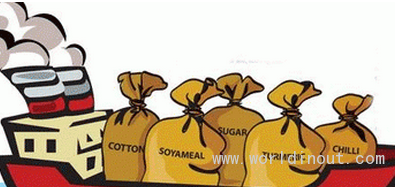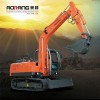
The commodities supercycle may be over but there’s no replacement for China as the world’sfactory, according to Citi.
From now on, commodities demand will come from a diversified group of regions including India,the Middle East, Latin America, Africa and countries belonging to Asean in Southeast Asia.
But this would not be enough to offset China, leading to slower worldwide demand growth forcommodities and weaker global trade flows, the bank said.
Global commodities demand growth will be substantially slower than during the past decade.Hardest hit would be thermal coal, steel iron ore and coking coal, given their exposure toChina’s manufacturing, infrastructure and real estate sectors, Citi said.
base metals such as aluminium and copper are likely to do better with emerging marketdemand growth in the 3-5 per cent range into the 2020s, it said. The bank noted that, even asChina’s economy grows from a higher consumption base, volume demand was likely to be lowerfor most commodities.
For natural resources demand, this is a dual blow. First, overall economic growth in China isslowing.
Second, the commodity intensity of the economic growth is falling rapidly such that eachincrement of lower growth generated even less demand for metals and energy than during thesupercycle.
For China to bring investment share of GDP down to 40 per cent by 2020 would requireinvestment growth about 3 percentage points lower than GDP, which had “profoundimplications” for commodities demand, Citi said.






